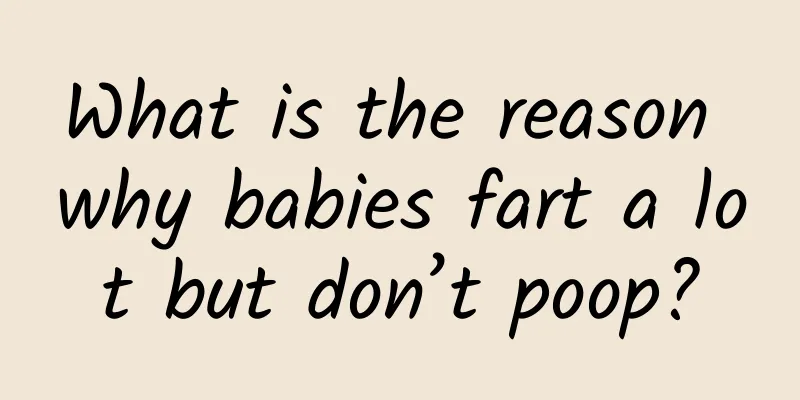Sugar, fat and protein conversion

|
Carbohydrates, fats, and proteins are all important substances that make up the human body, and each of them is of great significance to the human body. The balance between these three and their regular intake maintain the normal functioning of the human body and keep us energetic. We are all familiar with these three, but we may not know that they can be transformed into each other and are closely related to weight loss, body shaping and human health. So, let's take a look at how they transform. (1) Relationship between carbohydrate metabolism and protein metabolism Carbohydrates and proteins can be converted into each other in the body. Almost all natural amino acids that make up proteins can be converted into carbohydrates through deamination to form nitrogen-free parts; intermediate products of carbohydrate metabolism can form non-essential amino acids through amino acid conversion. Note: essential amino acids cannot be formed in the body through amino acid conversion. (2) Relationship between carbohydrate metabolism and lipid metabolism The intermediate products of carbohydrate metabolism can be converted into fat, and the glycerol and fatty acids produced by fat decomposition can also be converted into carbohydrates. Carbohydrates can be converted into fat in large quantities, but fat cannot be converted into carbohydrates in large quantities. (3) Relationship between protein metabolism and lipid metabolism Generally speaking, fat in animals cannot be converted into amino acids, but it can be converted in some plants and microorganisms; some amino acids can be converted into glycerol and fatty acids through different pathways to synthesize fat. (4) Mutual constraints between the metabolism of carbohydrates, proteins, and lipids Sugar can be converted into fat in large quantities, but fat cannot be converted into sugar in large quantities. Only when sugar metabolism is impaired can fat and protein be used to provide energy. When sugar and fat intake are insufficient, protein decomposition will increase. For example, when sugar metabolism is impaired in diabetic patients, fat and protein are used to provide energy, so the patients appear to be emaciated. The metabolism of the three types of substances in cells, namely carbohydrates, lipids and proteins, takes place simultaneously in time and space. They are both interconnected and mutually restricted, forming a coordinated and unified process. However, the conversion between carbohydrates, lipids and proteins is conditional, and not all three types of substances can be converted into each other. |
<<: Will I have lower abdominal pain after successful conception?
>>: What should I do if my child has repeated high fever due to viral infection?
Recommend
Haemophilus parahaemolyticus symptoms
Once Haemophilus parahaemolyticus appears, influe...
Pain above belly button
Abdominal pain is a relatively common disease. Di...
What to do if a child has hernia? Chinese medicine remedies are effective
Hernia is quite common in children, usually durin...
What are the effects of Chinese medicine papaya
Papaya is a fruit we often eat, but in some place...
Can I drink green tea after taking medicine?
When taking medicine, drinking green tea generall...
Tight stomach before delivery
If you experience a hard abdomen before delivery,...
The efficacy and contraindications of Cordyceps sinensis
Many people are not familiar with Cordyceps sinen...
What's the matter with my chest pain and my menstruation not coming for a long time?
Menstruation is an important physiological charac...
What are the medicinal values of red peony root?
I believe many people don’t know much about red p...
Hypoechoic breast mass
We all know that breasts are particularly importa...
What to do if pregnant women have internal heat and constipation? A guide for expectant mothers to reduce internal heat
The weather is hot in the summer, and people are ...
Is zinc gluconate effective in treating acne?
Zinc gluconate is a common drug that has a certai...
Can bowel cancer be cured?
Intestinal cancer is mainly caused by emergency i...
What are the most common complications of peptic ulcer?
Some people always think that peptic ulcer is jus...
What to do if you have itchy rash on your skin
If there are rashes on the skin and they are acco...









